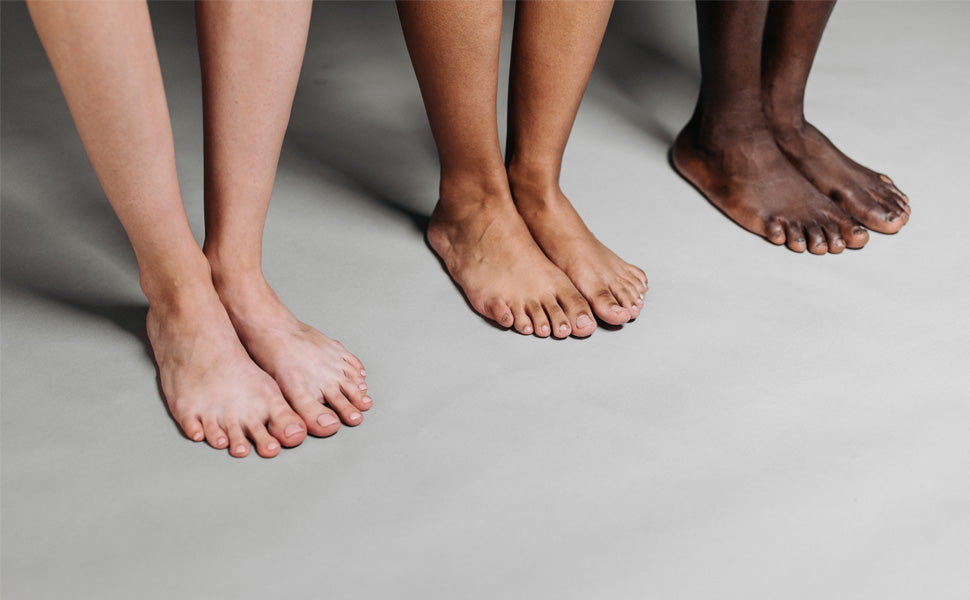
Shoes for Swollen Feet: Fashionable and Comfortable
Are you wondering what the best shoes for swollen feet are? Perhaps you’ve been searching online for terms such as ‘what shoes should I buy if I have swollen feet’ or ‘ what are the best shoes for wide feet’? If so, don’t despair. Help is at hand.
There are more options available to you than you might think if you do need access to shoes for swollen feet. Let’s take a look at what to look for in a shoe if you do have swollen feet and some of the most suitable options around, which can include wide feet sneakers.
Best Shoes for Swollen Feet
If you do need to buy shoes for swollen feet, it’s best to look for something lightweight that is padded with underfoot cushioning. Seek out a wider fit and buy something with lots of support. This support is needed to keep your foot in its place and stop you from experiencing more discomfort. The wider fit will accommodate the swelling.
Below we outline our favorites for each type of shoe:
Best sneakers for Swollen Feet
Winner: Extra Wide Fit sneakers
Pros:
- Extra wide fit.
- Perfect for swollen feet.
- Cushioned arch.
- Supportive insole.
- Fully lined toe box (no seams).
- Wider toe box.
- Laces to adjust forefoot width.
Best Flat Shoes for Swollen Feet
Winner: Extra Wide Fit Flat Shoes
Pros:
- Hidden stretch panel in the toe box.
- True to size.
- Fits up to EEE toe width.
- Cushioned and arch supported insole.
- Leather upper.
- Non-slip sole.
Best Occasion Shoes for Swollen Feet
Winner: Extra Wide Fit Court Shoes
Pros:
- Cushioned and arch supported insole.
- Large size.
- Soft leather.
- Stylish and comfortable.
- Non-slip sole.
Best Sandals for Swollen Feet
Winner: Extra Wide Fit Sandals
Pros:
- Cushioned and arch supported insole.
- Kid leather upper and lining.
- Hidden stretch panel in the toe box.
- Sling-back strap with a buckle.
- Handmade in Portugal by master shoemakers
Best Boots for Swollen Feet
Winner: Extra Wide Fit Boots
Pros:
- Cushioned and arch supported insole.
- Inside zip.
- Leather upper kid leather lining.
- Synthetic stretch toe lining.
- Non-slip sole.
What makes shoes comfortable for swollen feet?
If you do have swollen feet and are seeking out suitable shoes, you’ll need to look for a shoe with a larger toe-box. The shoes should also offer breathability, and you should seek out something with a considerable amount of padding.
Why do I need a larger toe-box?
The toe-box is the part at the front of the shoe. This normally accommodates the widest part of the foot. If you have a larger toe-box, you should have plenty of room to maneuver when your feet do swell up. If a wide toe-box is not available, you could experience cramping. This can cause other problems to develop, such as bunions and hammer toes.
Shoes are available that have a deep, wide toe-box. Options are even available if you need a shoe with a pointed toe. There are also shoes with wider widths to accommodate the whole foot, not just the forefoot.
Why do I need breathability?
The best swollen feet shoes tend to be manufactured from soft, breathable materials. Leather wide fit shoes can be ideal for those with swollen feet. Leather is popular with people living with swollen feet for various reasons. These include its softness, flexibility, durability and breathability.
During warmer weather, feet can swell up more than they normally wood. Leather shoes rub swollen feet much less than synthetic materials do. If you have problems like hammer toe, joint pain and bunions, leather could be ideal for you. This is because it’s less likely to give you blisters and will rub less. If you do need to buy shoes for swollen feet, look for something that’s capable of keeping your feet cool and will keep swelling to a minimum.
Why do I need wide fit shoes with ample padding?
Padding is essential for people who live with swollen feet. This is because it offers enough comfort and support to reduce pain and pressure. Consider shoes with soft cushioned soles. Shock absorption is another feature to look out for. This is because it protects the feet when you walk on harder surfaces. It can also stop you from injuring or straining your swollen feet.
How can swollen feet be managed?
It’s wise to always wear the right shoes for your swollen feet. However, there are more steps you can take other than wearing suitable footwear if you are living with swollen feet. Let’s take a look at some of these right now.
Try yoga
Yoga can be highly beneficial if you are facing issues with swollen feet. An effective way to stop swelling throughout your whole body and not just in your feet is to take up yoga, meditation or both. There are many yoga exercises you can experiment with to boost your blood circulation, reduce stress and boost the efficiency of your immune system. Yoga can help your body deal with all kinds of swelling more effectively.
Wear compression socks
Compression socks can relieve you from pain and prevent internal fluid retention in parts of your body like your feet and ankles.
Keep yourself hydrated
It’s essential to remain hydrated if you do have issues with swollen feet. If you are dehydrated, your body will hold onto the remaining fluid that it does have. This can result in more swelling. Make sure your body gets all the fluids that it requires.
Epsom salt
Epsom salts are well known for their healing properties. One thing that can reduce swelling in the feet is to take a footbath with Epsom salts.
Try soaking your feet for 20 meets once or twice a week. Many people start noticing a difference quicker than you might expect. The way these footbaths work is by drawing out toxins from your feet, boosting your circulation, decreasing inflammation and relieving you from aches and pains.
Warm water and Epsom salt crystals work together to start pushing your blood through your arteries and veins. This can deliver an immediate stress reduction.
Why might someone have swollen feet?
There are many reasons why someone might suffer from swollen feet. Feet often swell when the climate gets warmer, but swollen feet can happen for other reasons too. Let’s take a look at some of these reasons right now.
Pregnancy
Pregnancy is one of the leading causes of swollen feet. People go through a host of changes during pregnancy. Preeclampsia is one of the things many women experience during pregnancy. This can increase their blood pressure and cause their ankles and feet to swell excessively.
Foot injuries
Swollen feet can also be caused by sprained ankles and other kinds of foot and ankle injuries. During exercise, wear suitable footwear that will support your feet and ankles whilst helping you to prevent these kinds of injuries.
Edema
This health condition sees the body retaining too much fluid. This can cause swelling in the ankles and feet. If you start to suffer from this condition on a long-term basis, get in touch with your GP.
Blood clots and infections
People who suffer from diabetes or have a high level of cholesterol sometimes face blood vessel blockages. When this occurs, internal infections can lead to fluid leaking out of the blood vessels. This can cause the feet and ankles to swell up.
Skin and toenail issues
Skin can thin considerably as we get older. Thin skin is more likely to be cut. These cuts can easily become infected and lead to swelling around the area close to the wound. If you experience a cut on your foot, your entire foot and ankle may swell. You may also face sores and swelling if you have ingrown toenails digging into your skin.
Medication side effects
Some medications can lead to side effects including swelling and skin irritation.
Final Thoughts
We hope you enjoyed our article on shoes for swollen feet.
If you want to keep reading, consider one of the following posts:









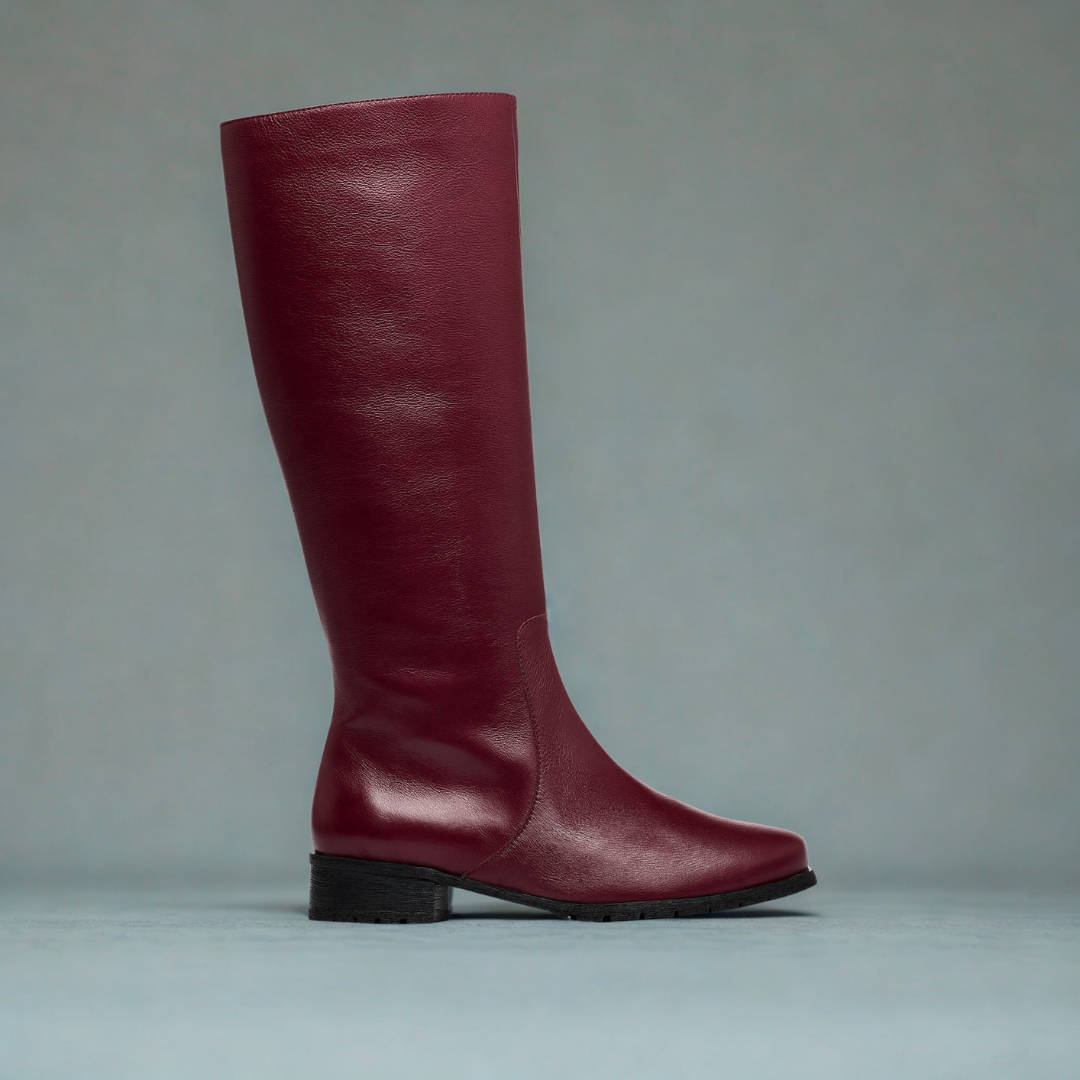
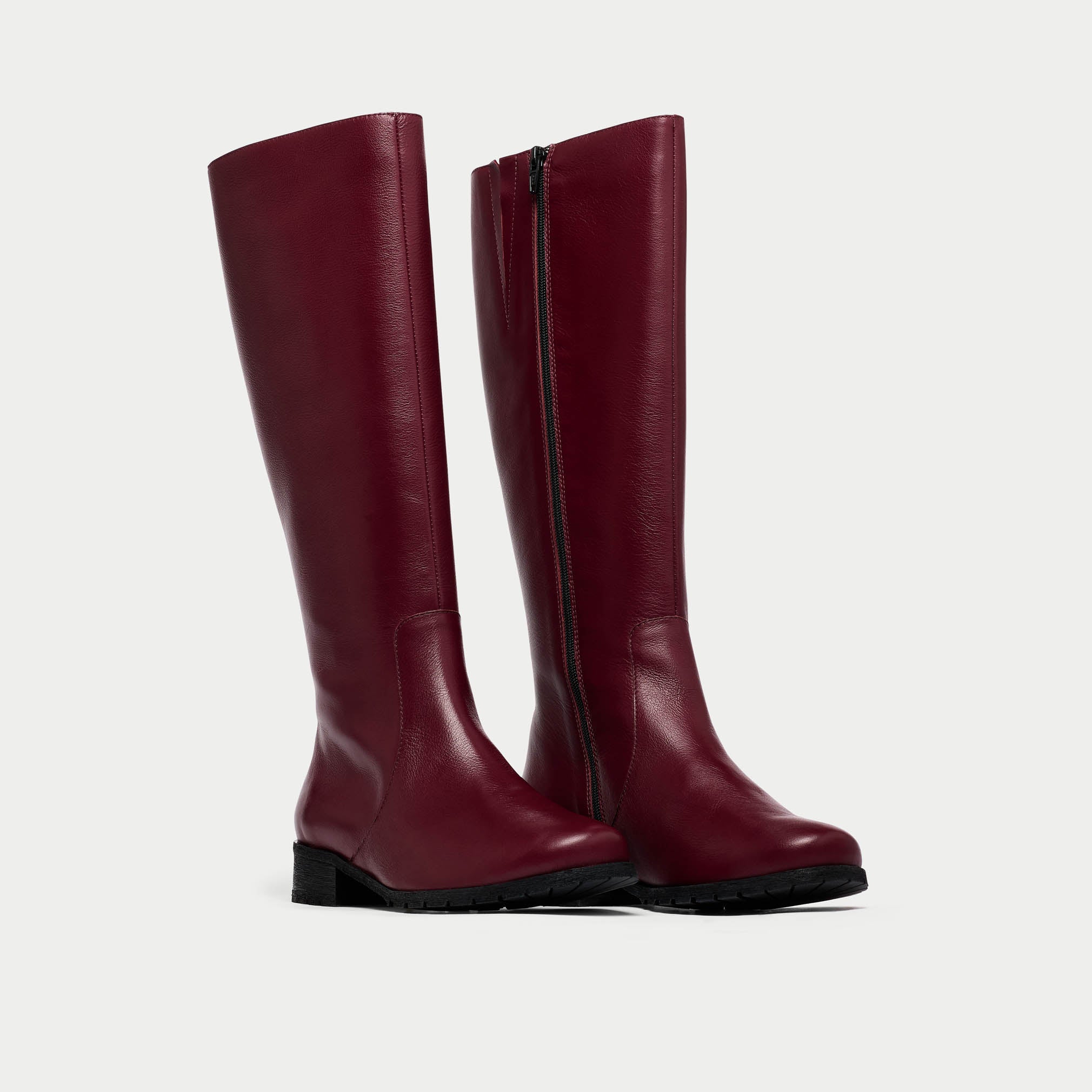
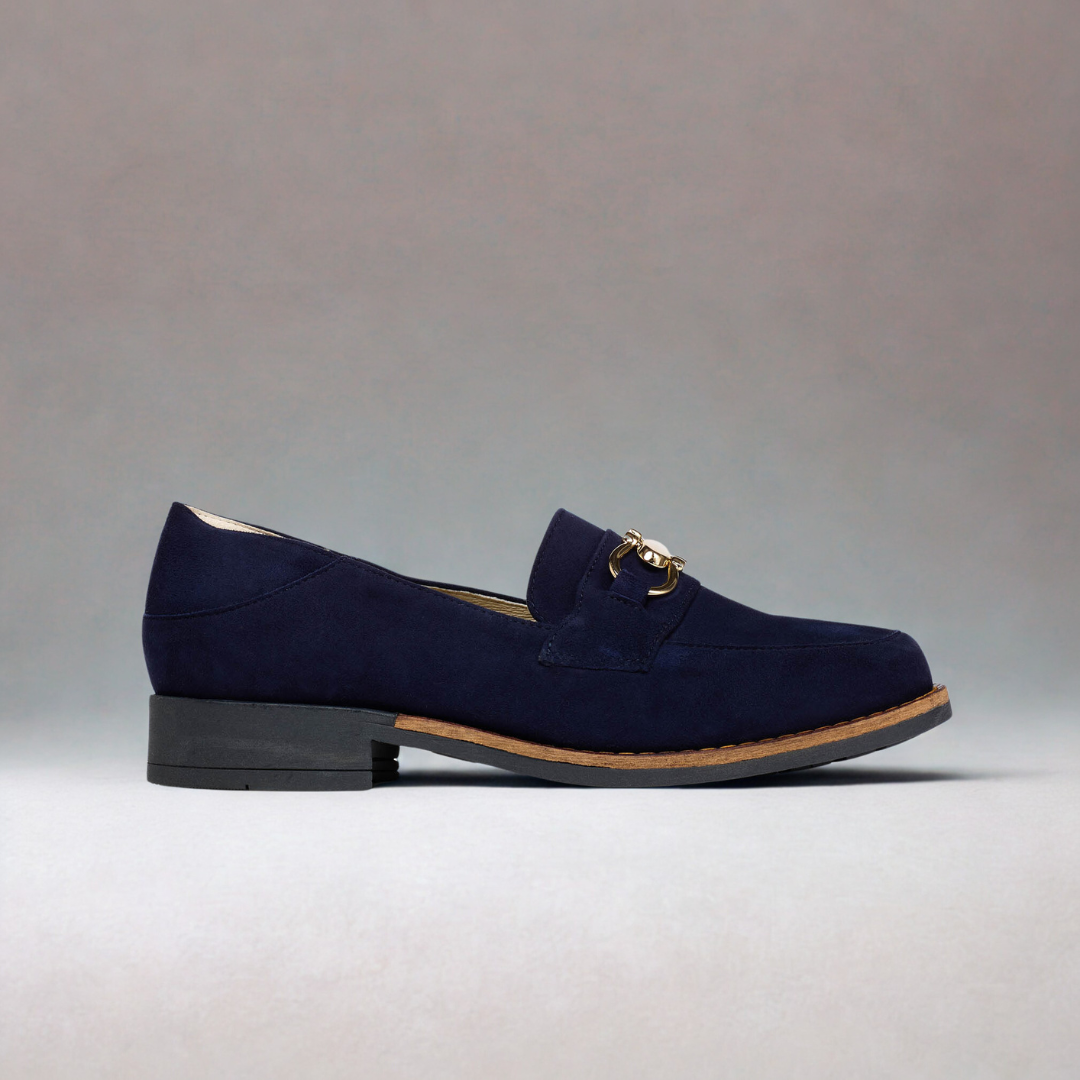
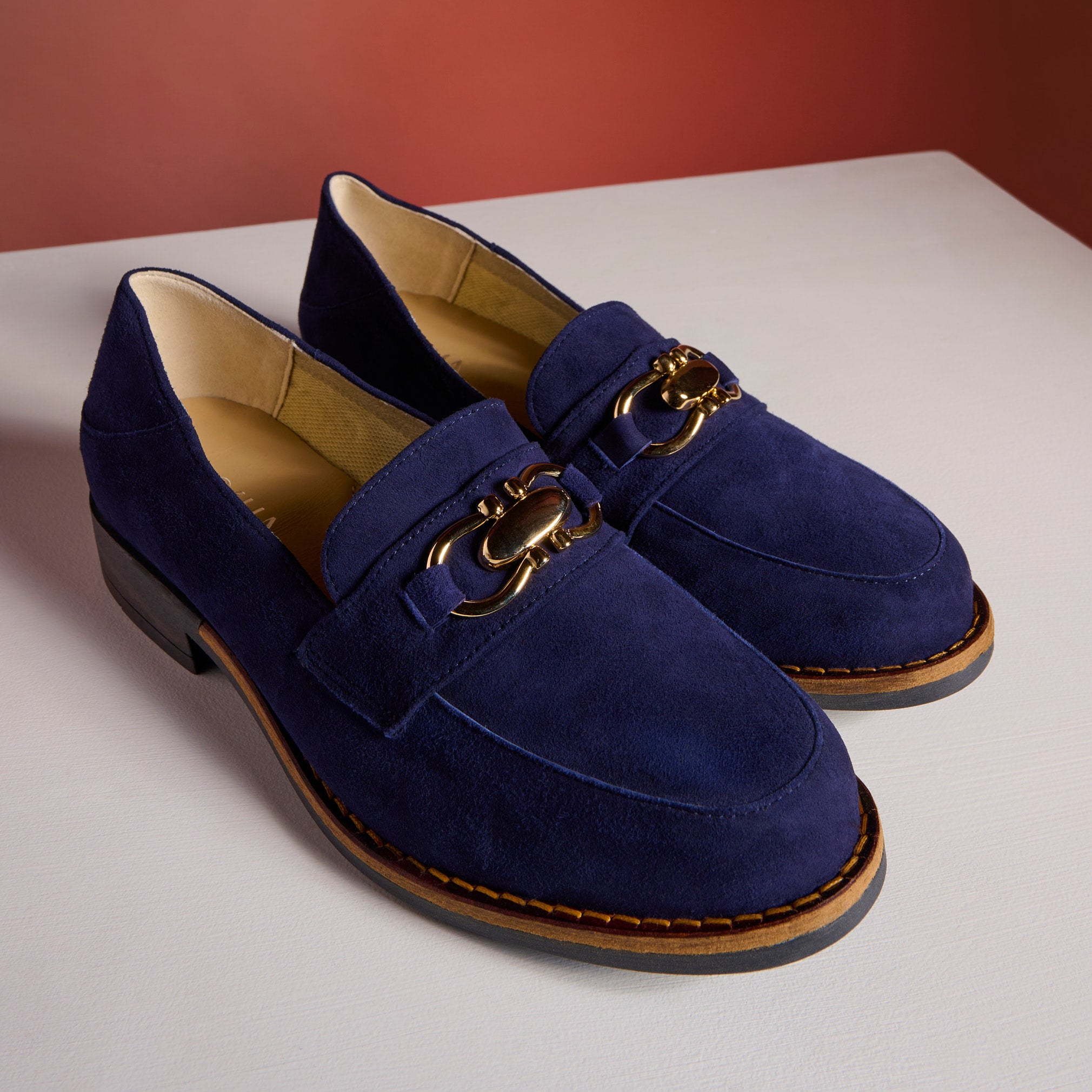
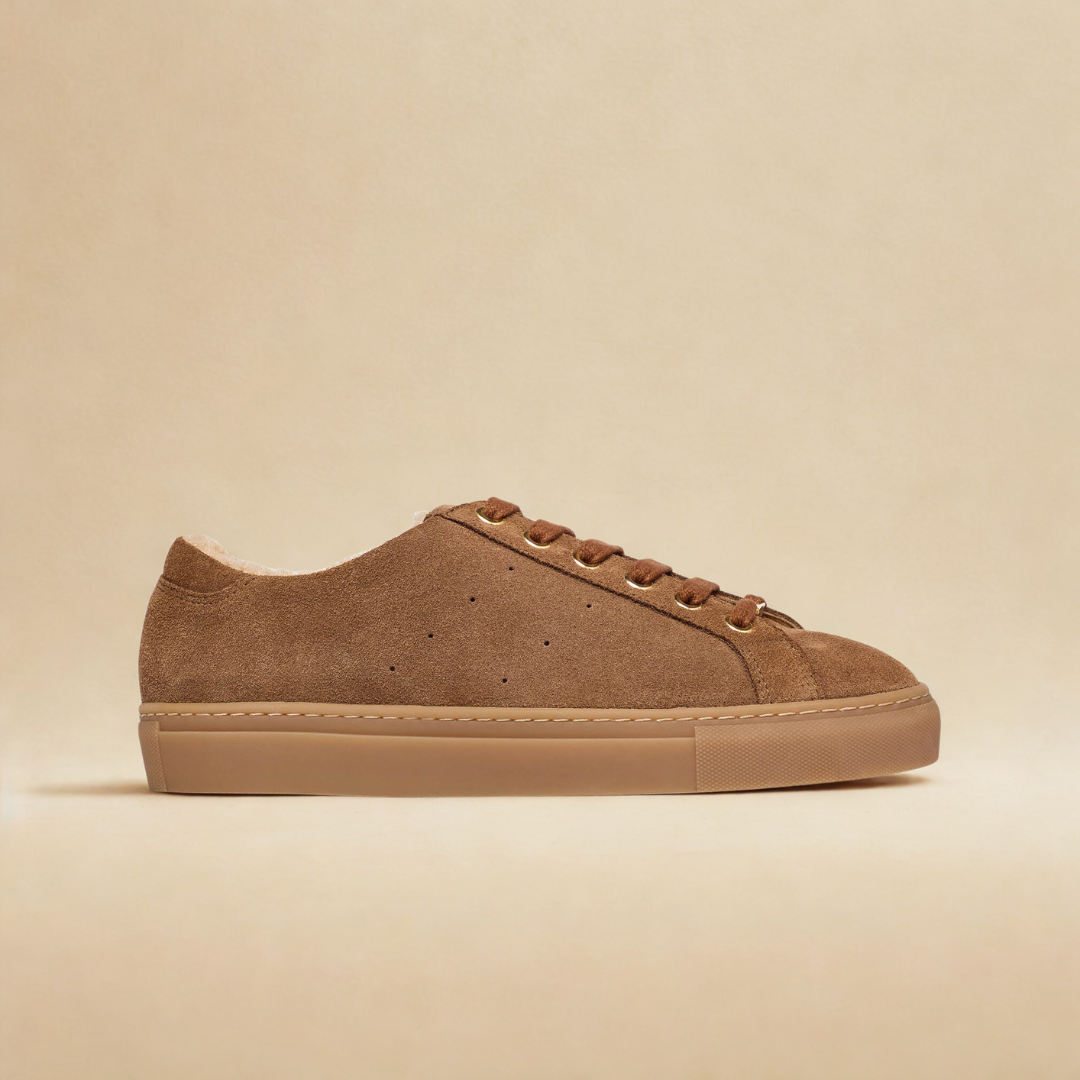
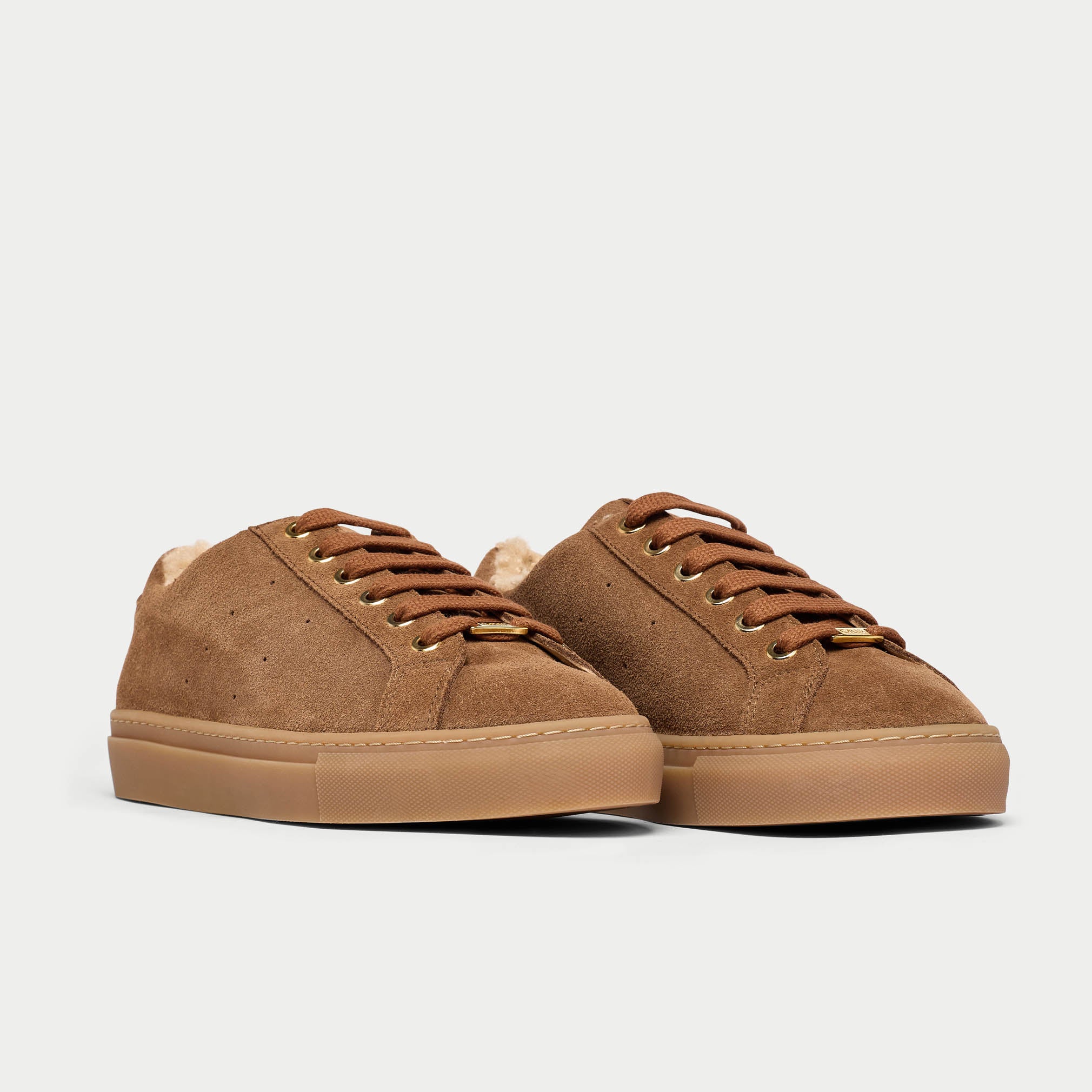
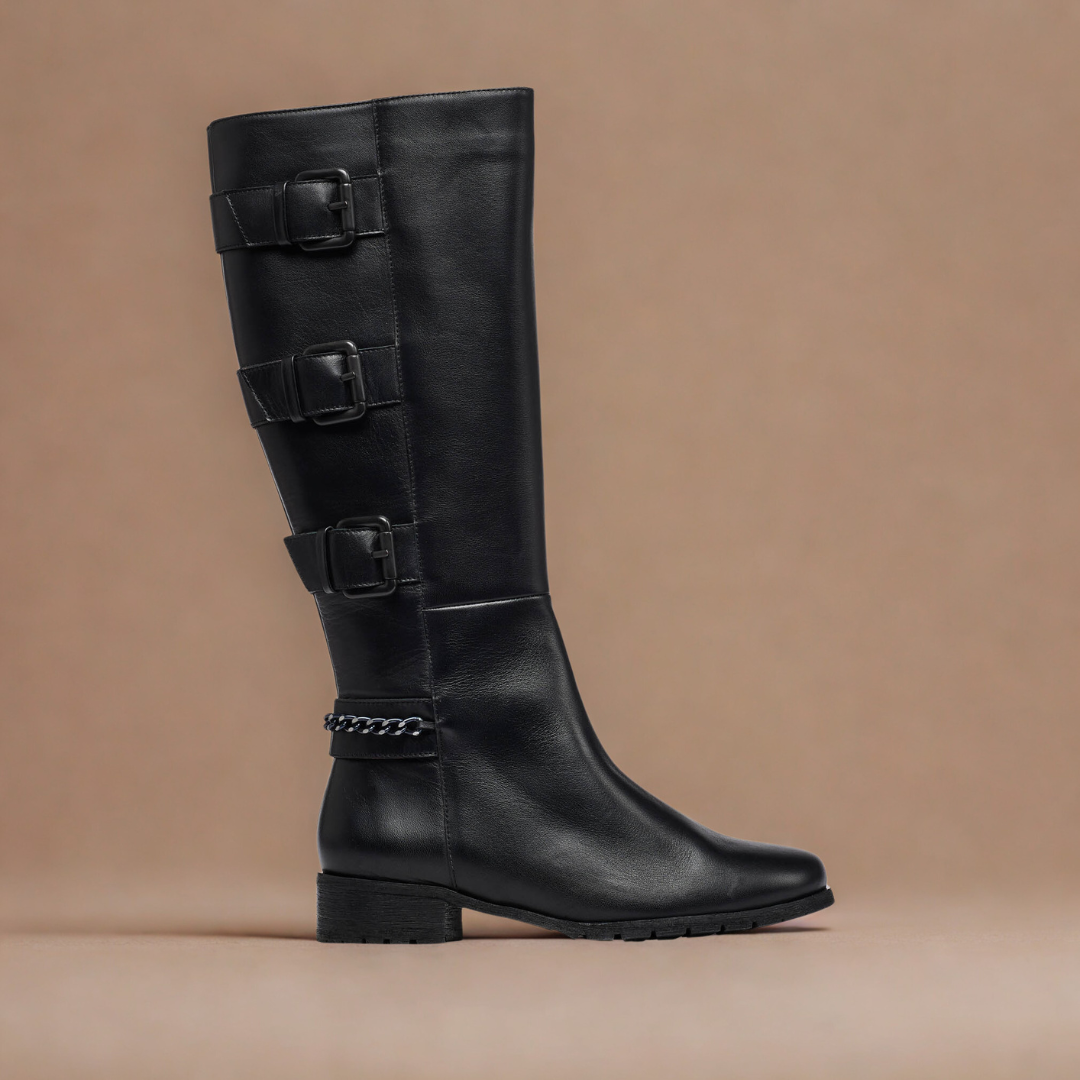
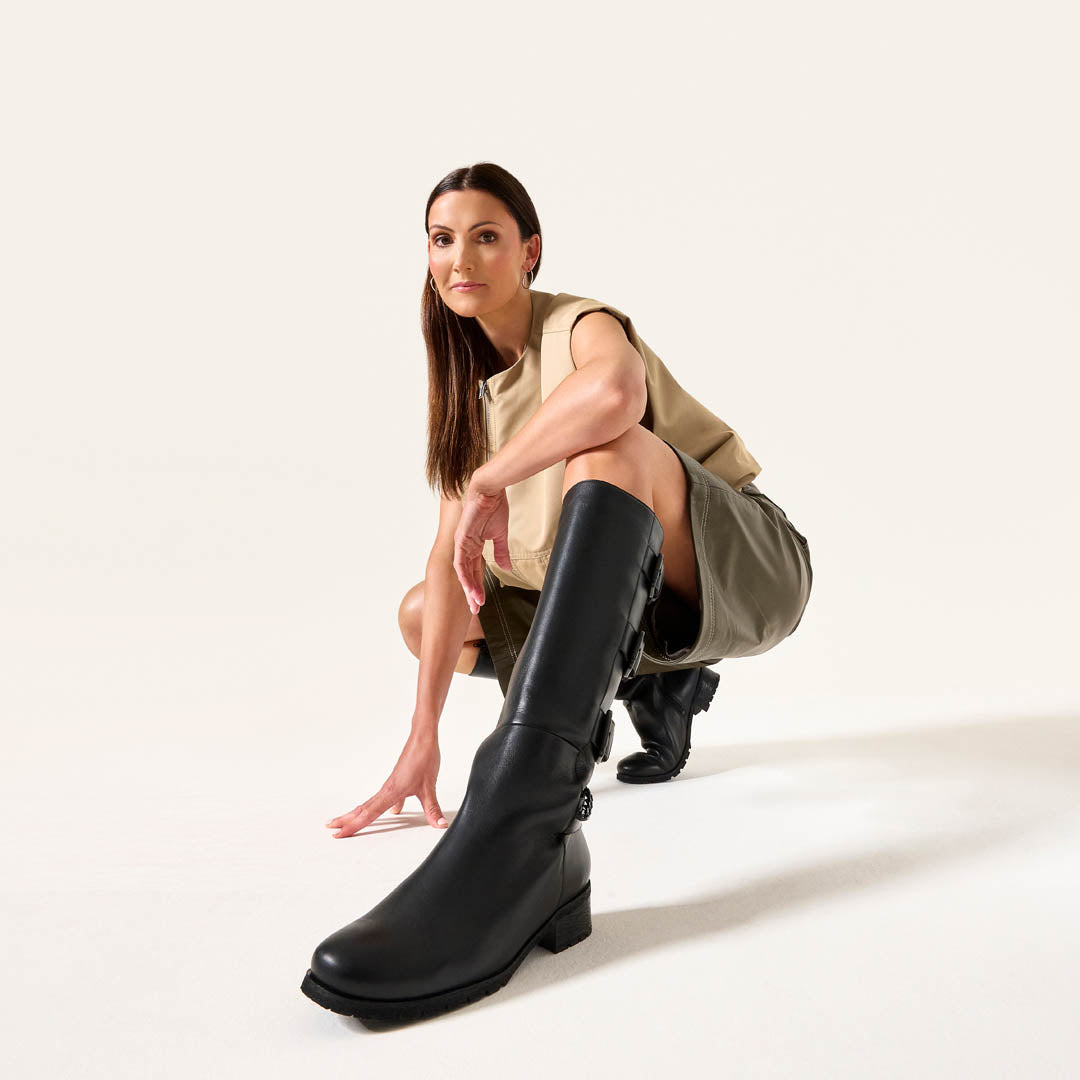
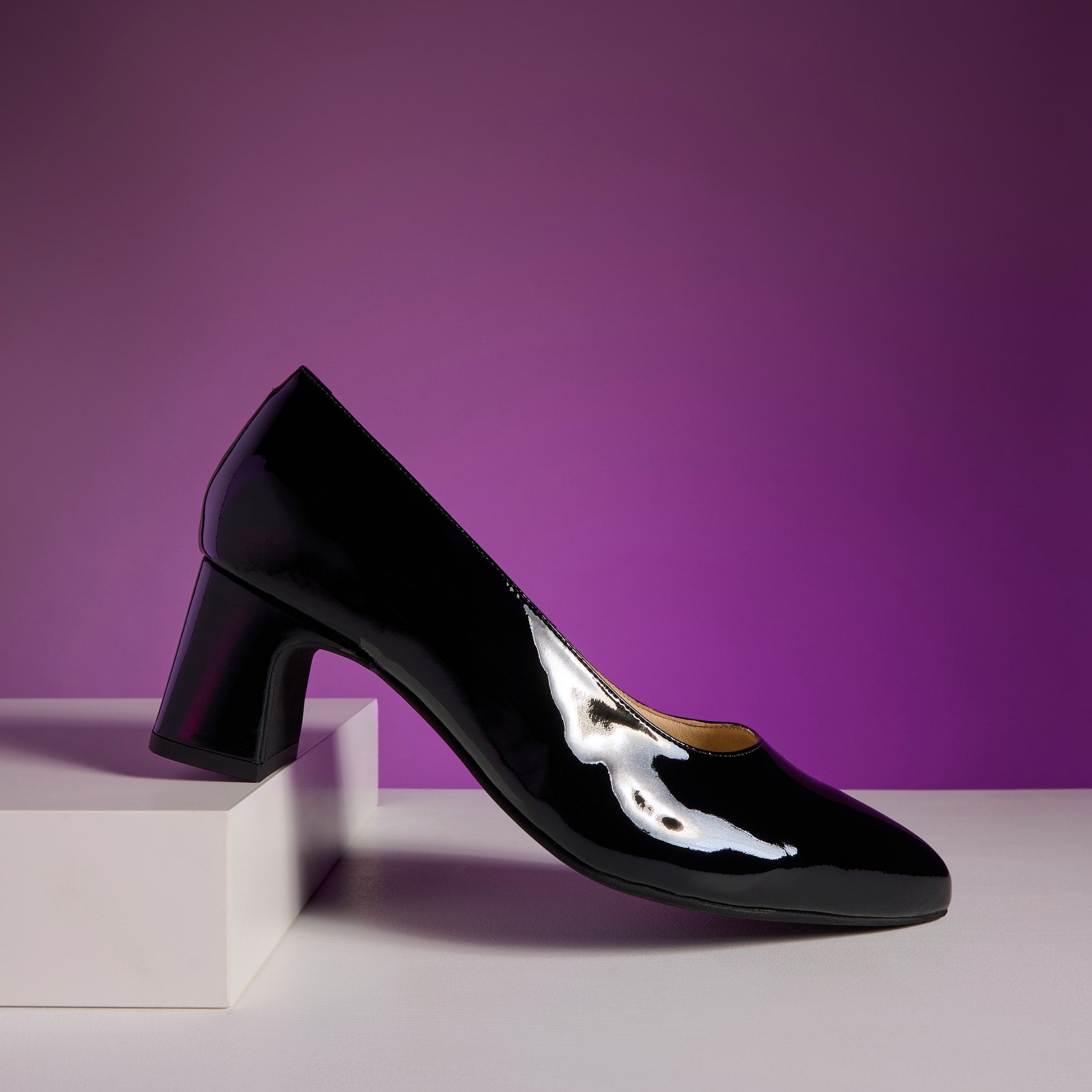
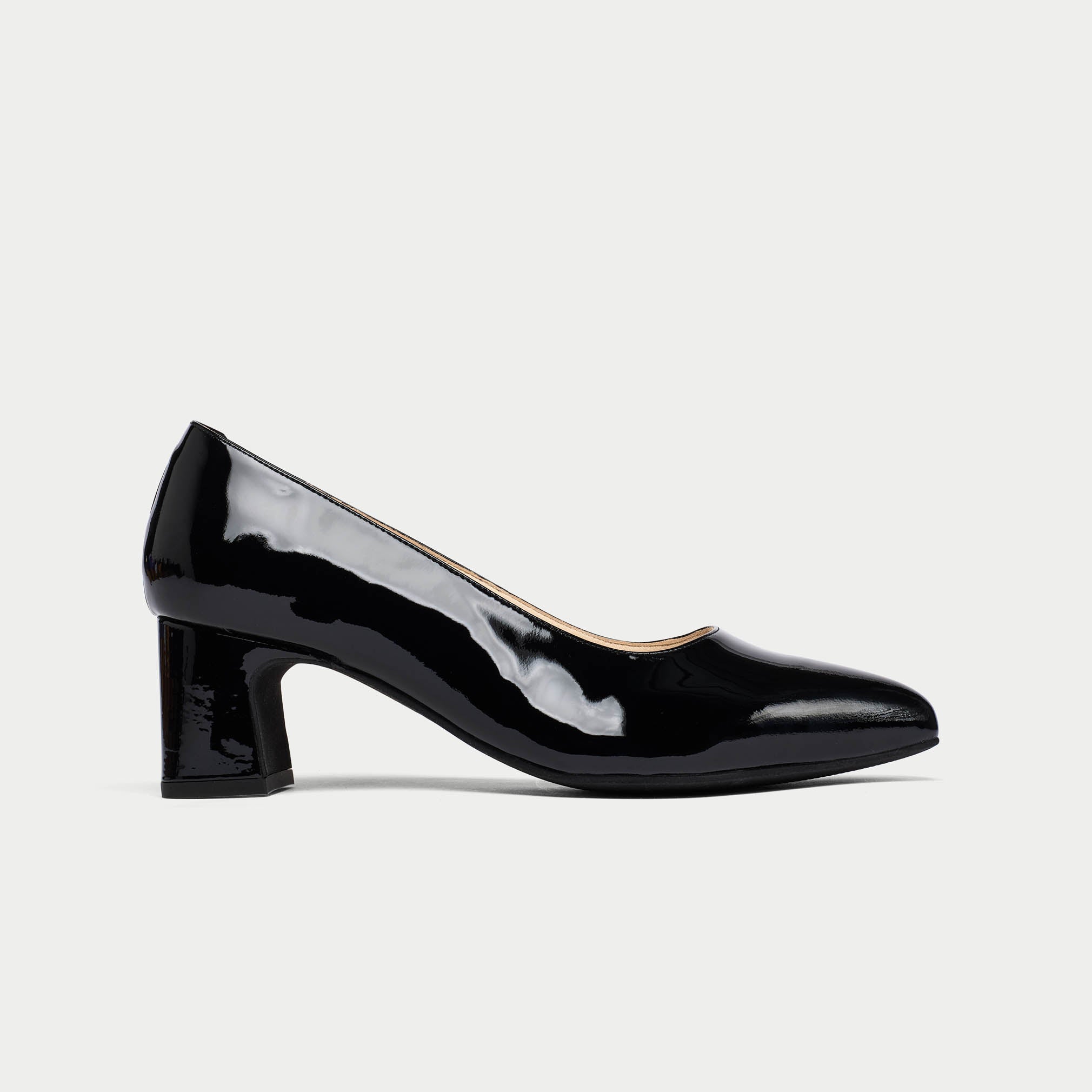
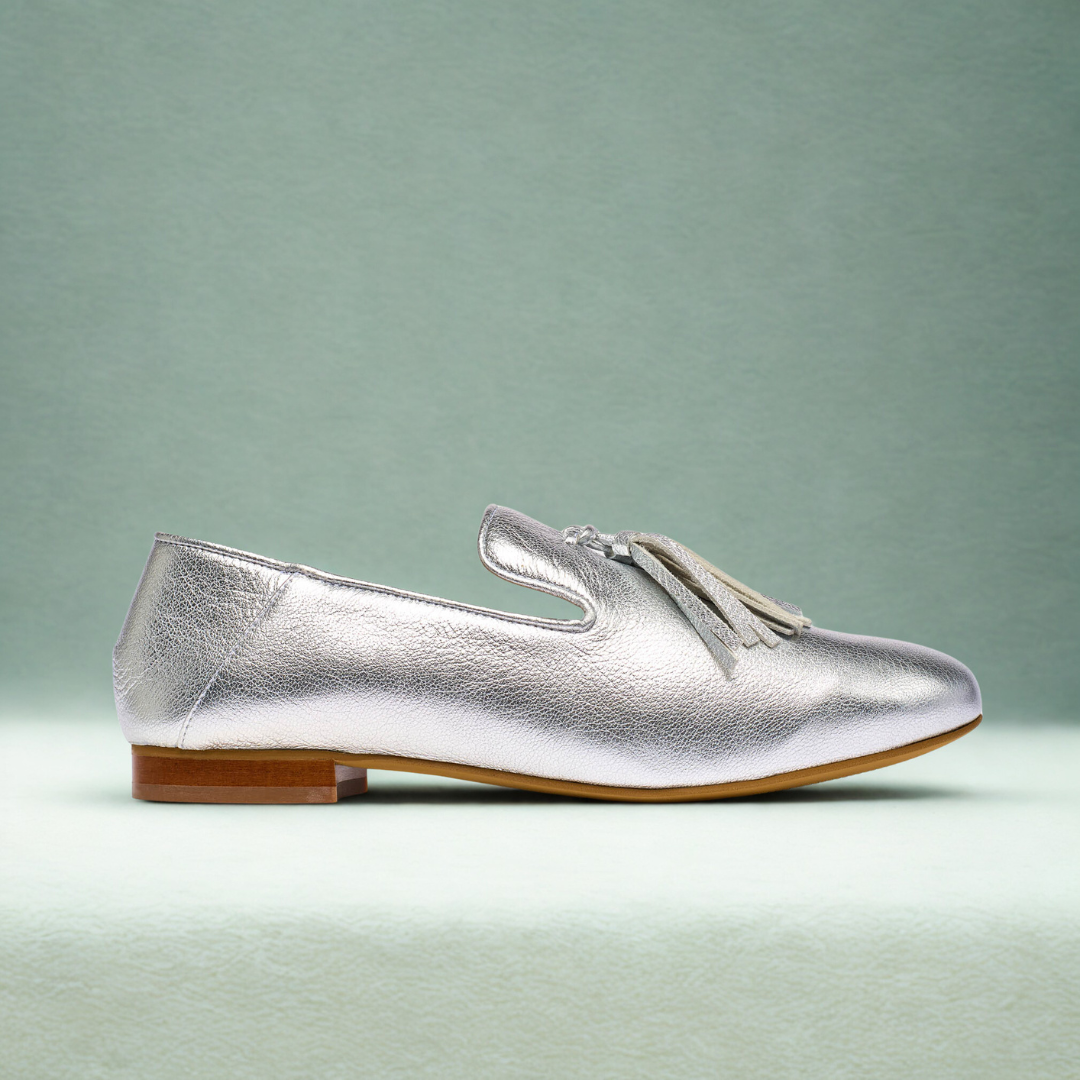
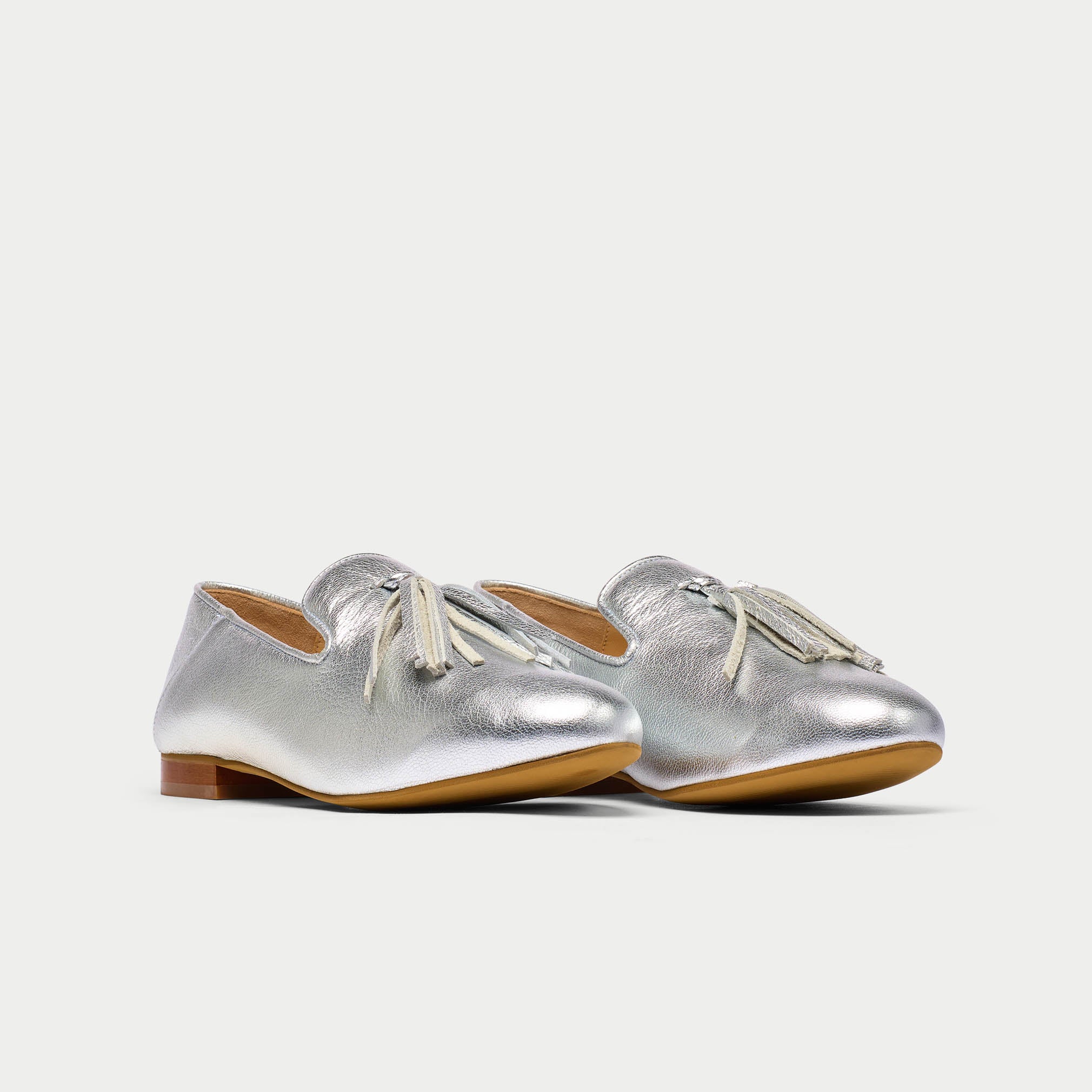
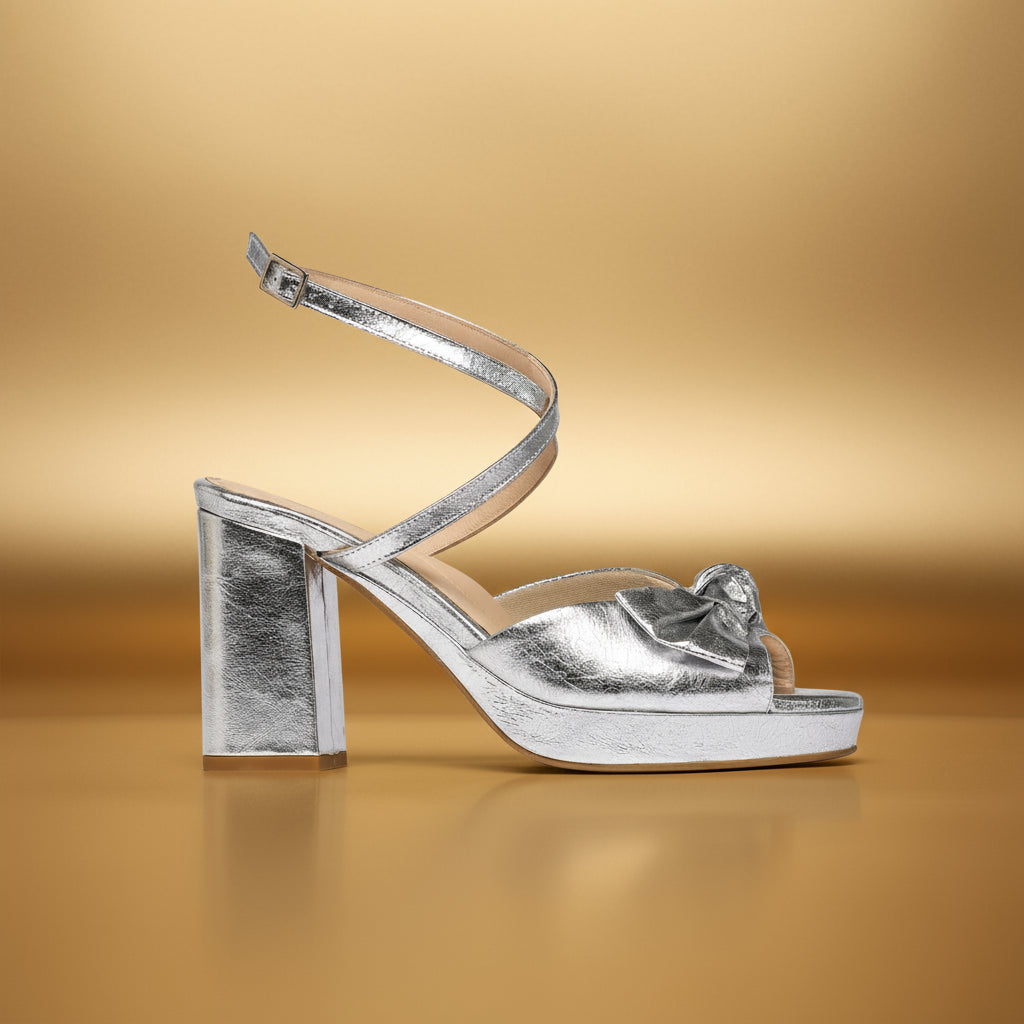
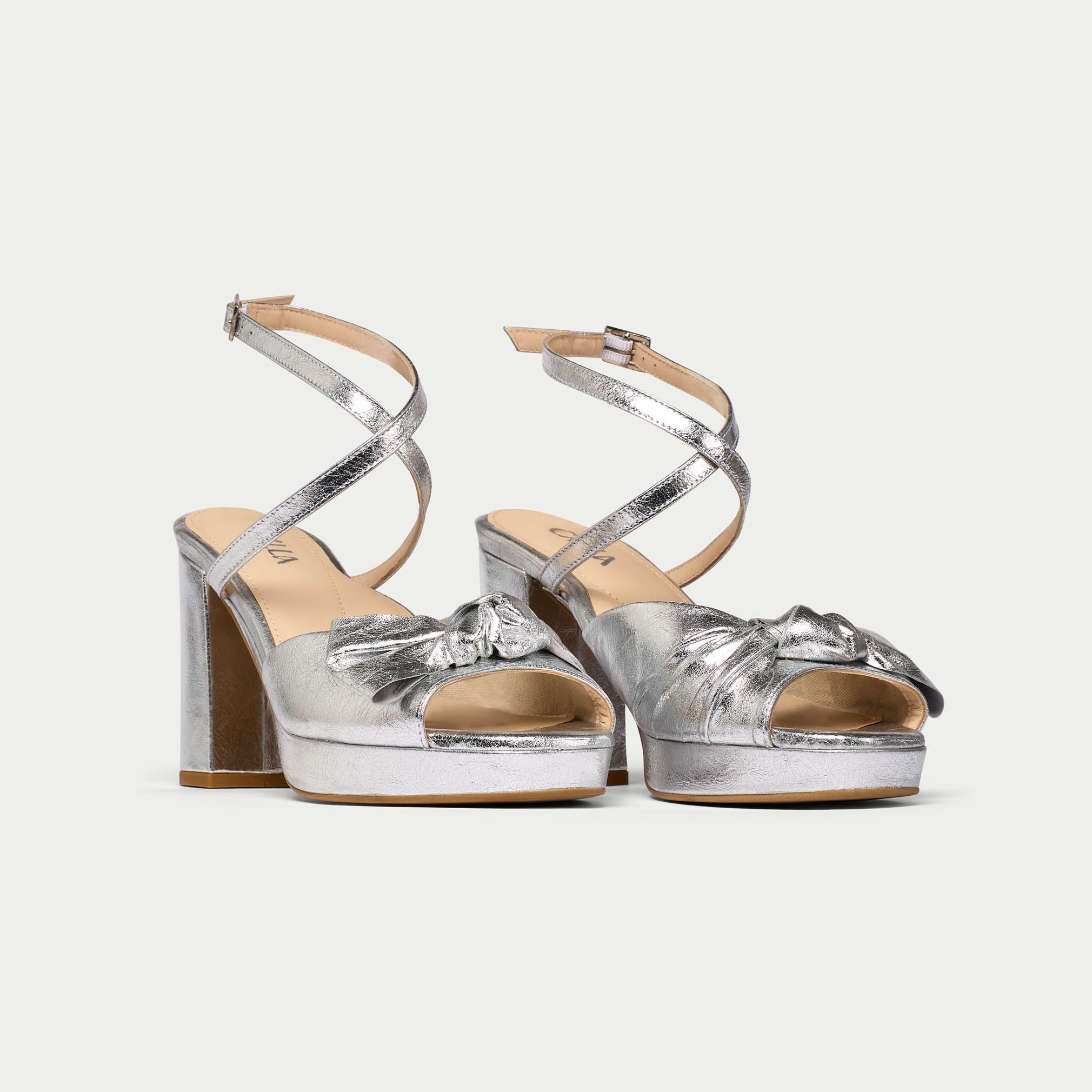
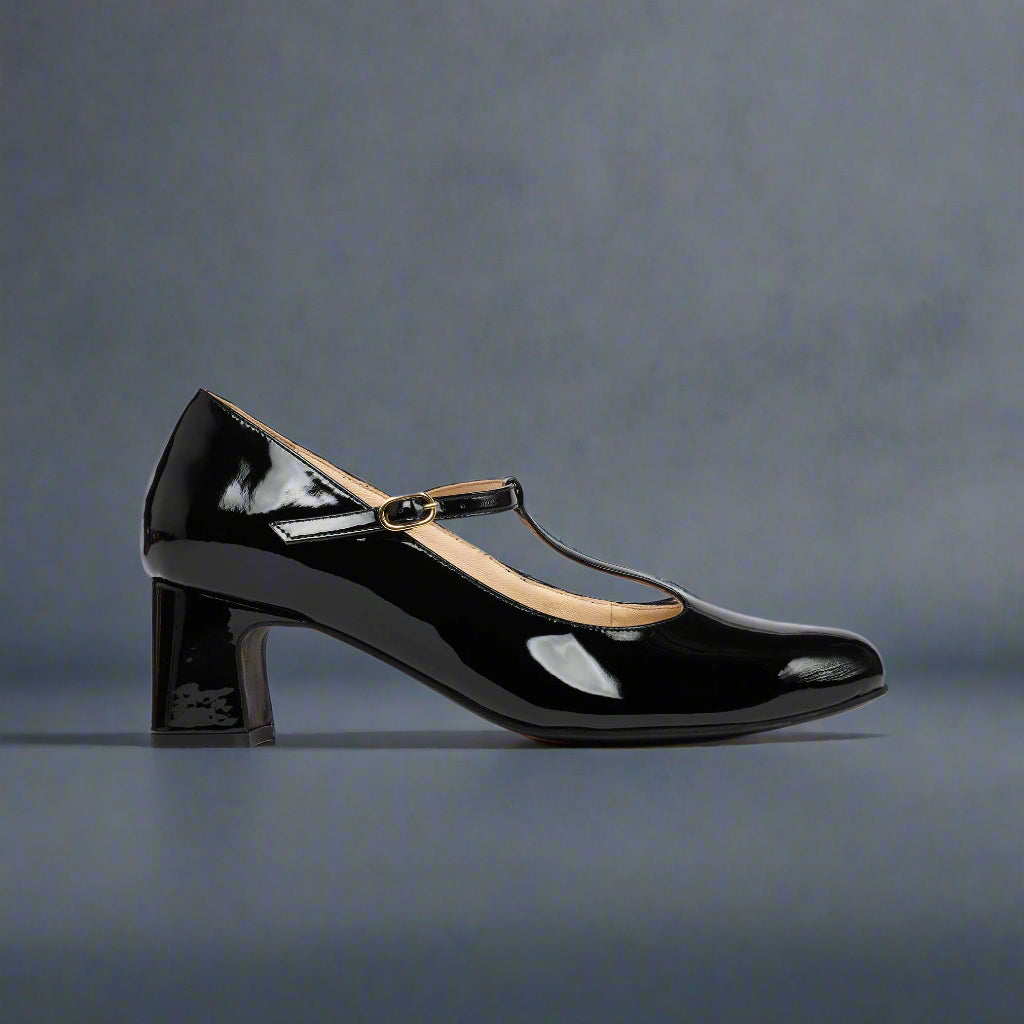
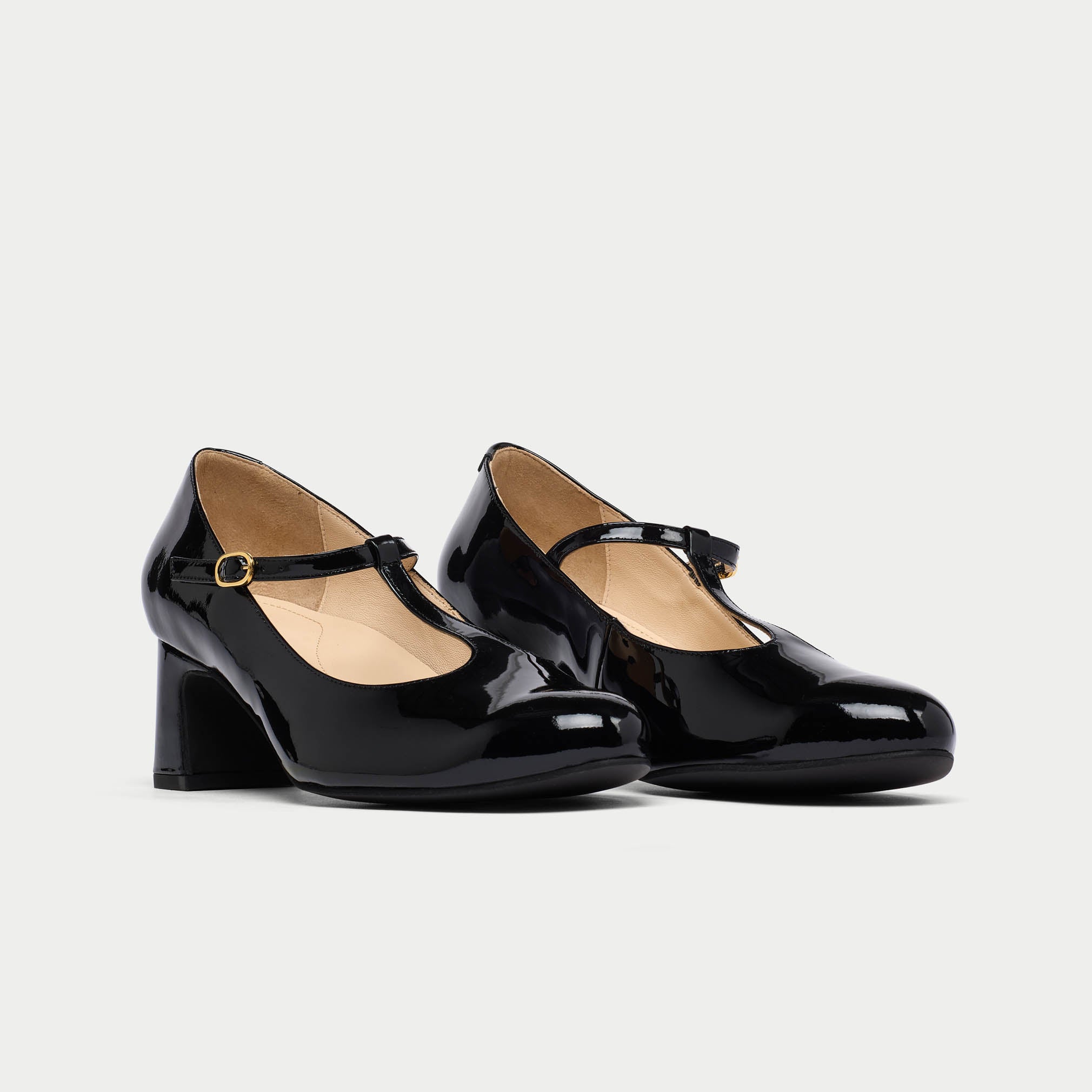
Leave a comment
This site is protected by hCaptcha and the hCaptcha Privacy Policy and Terms of Service apply.